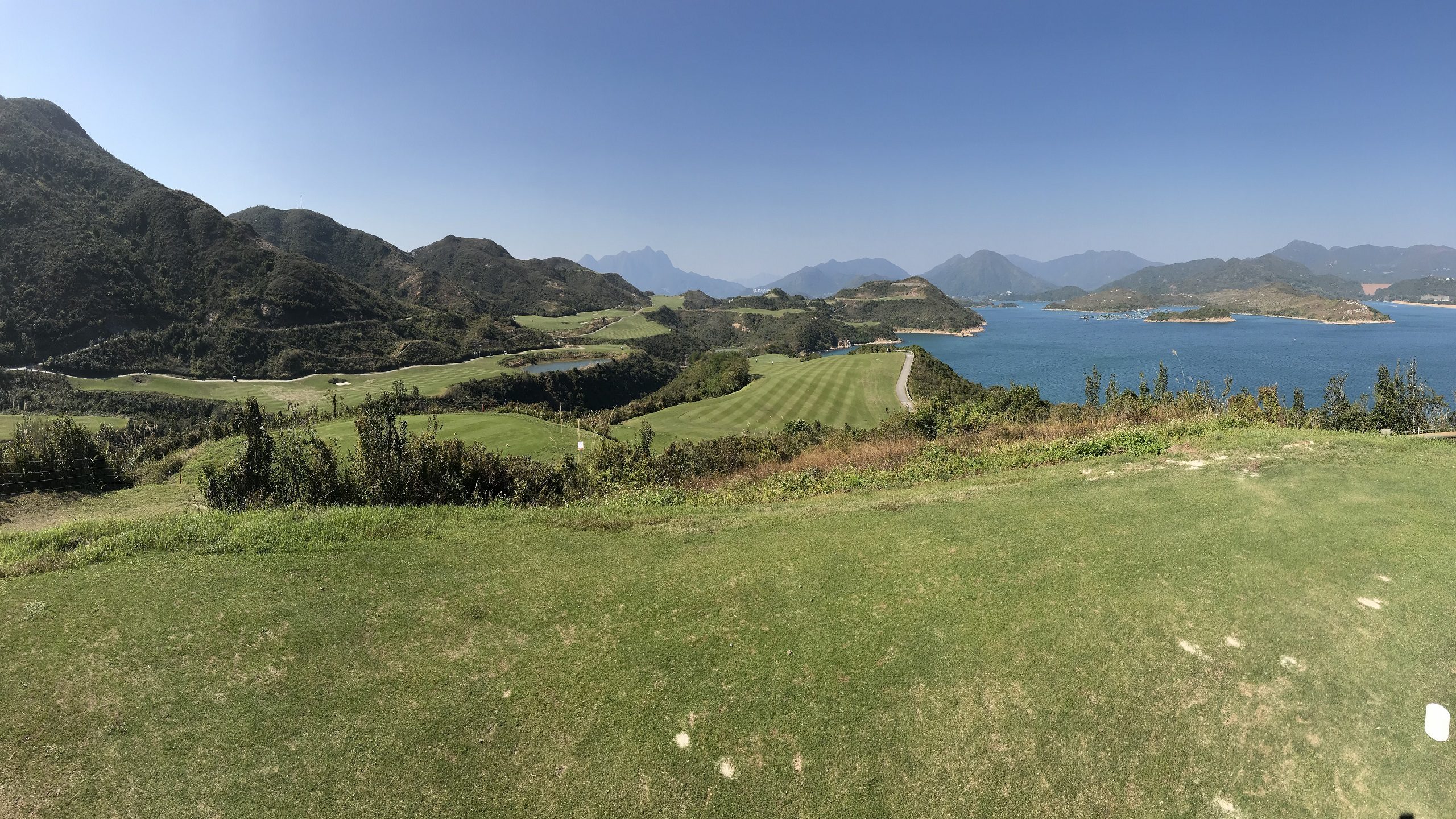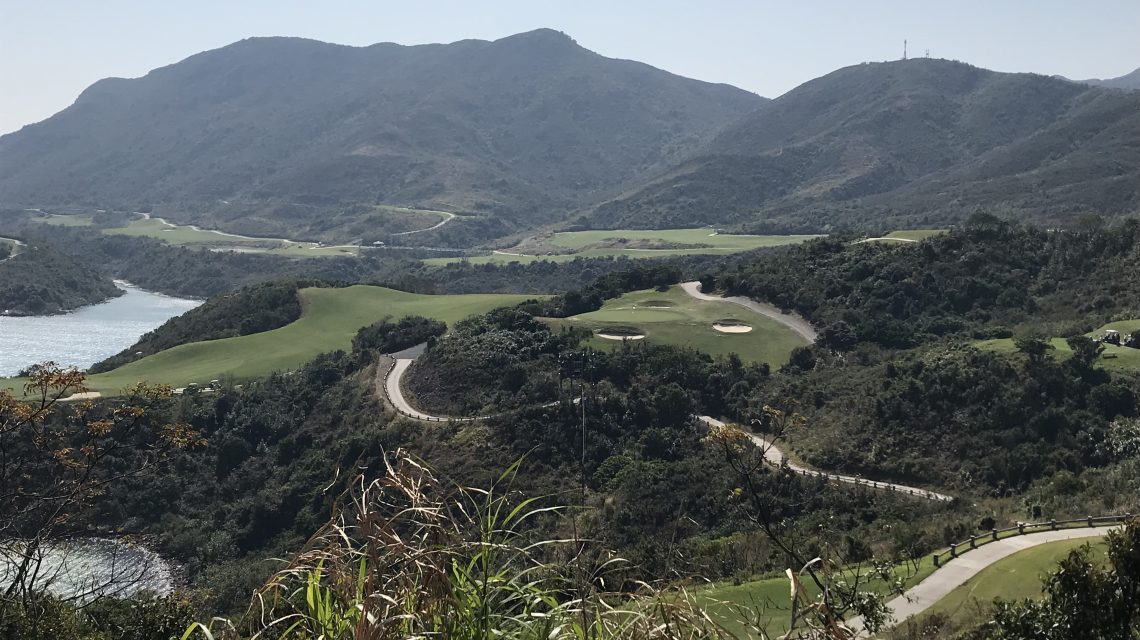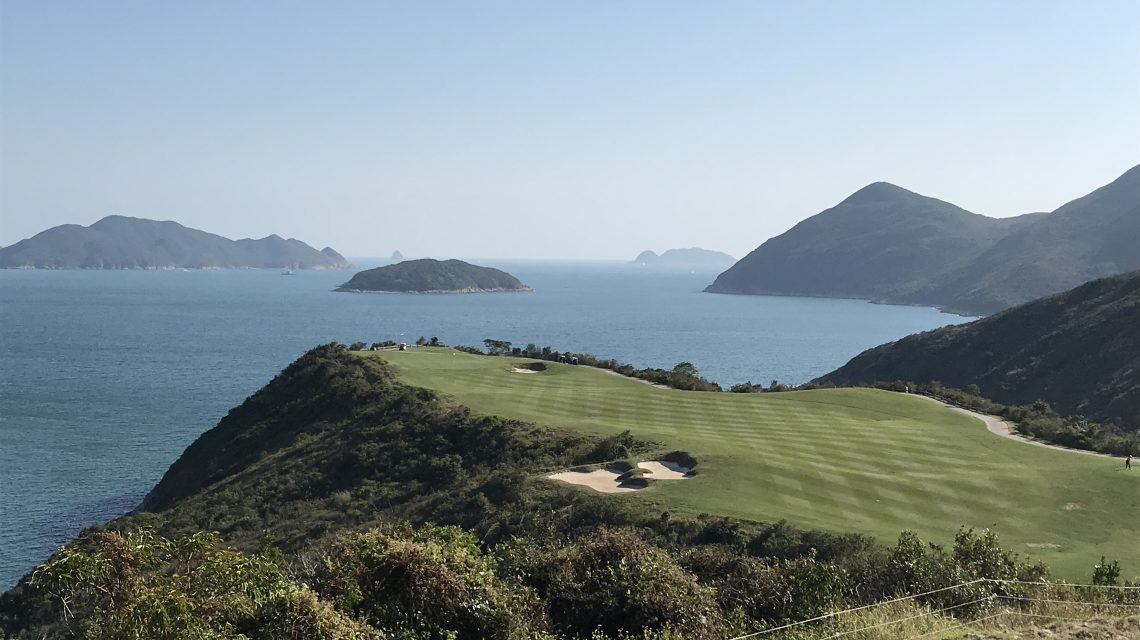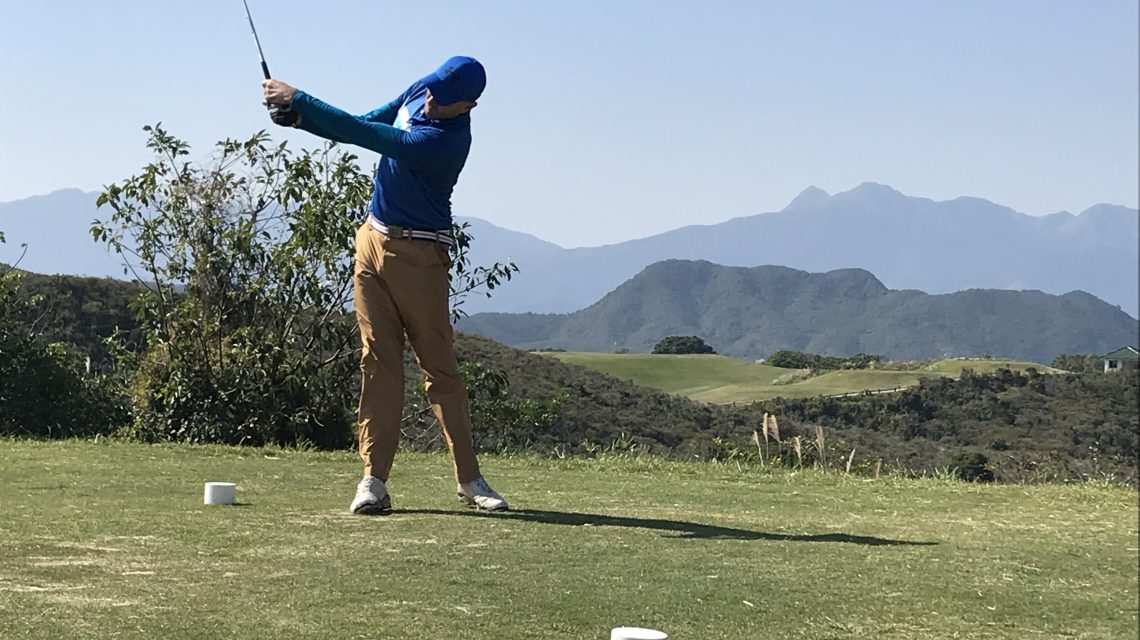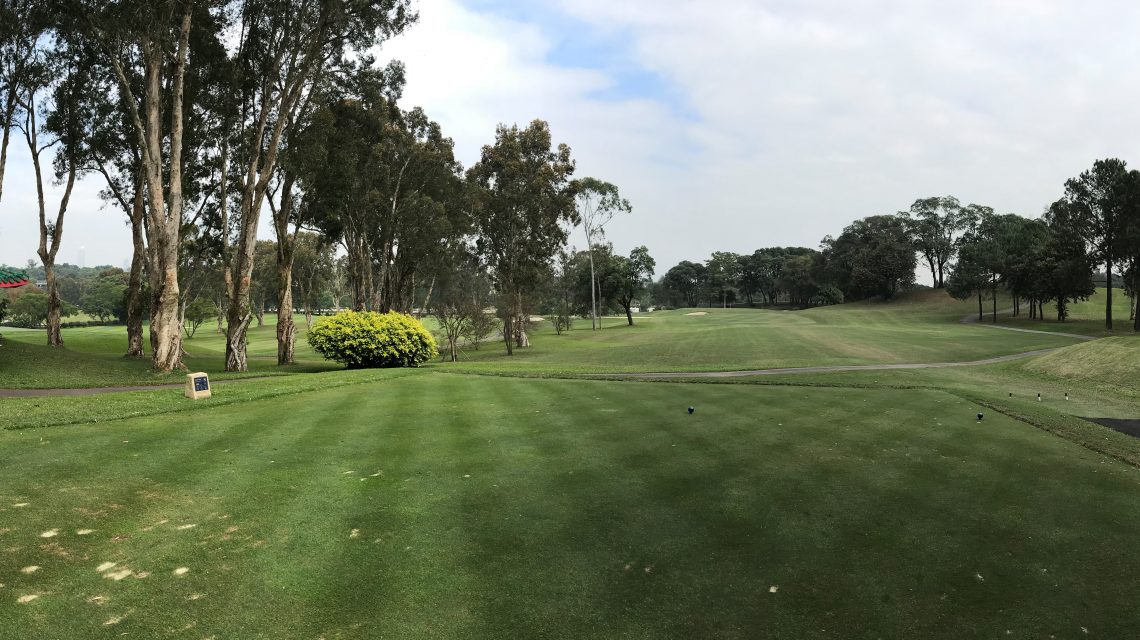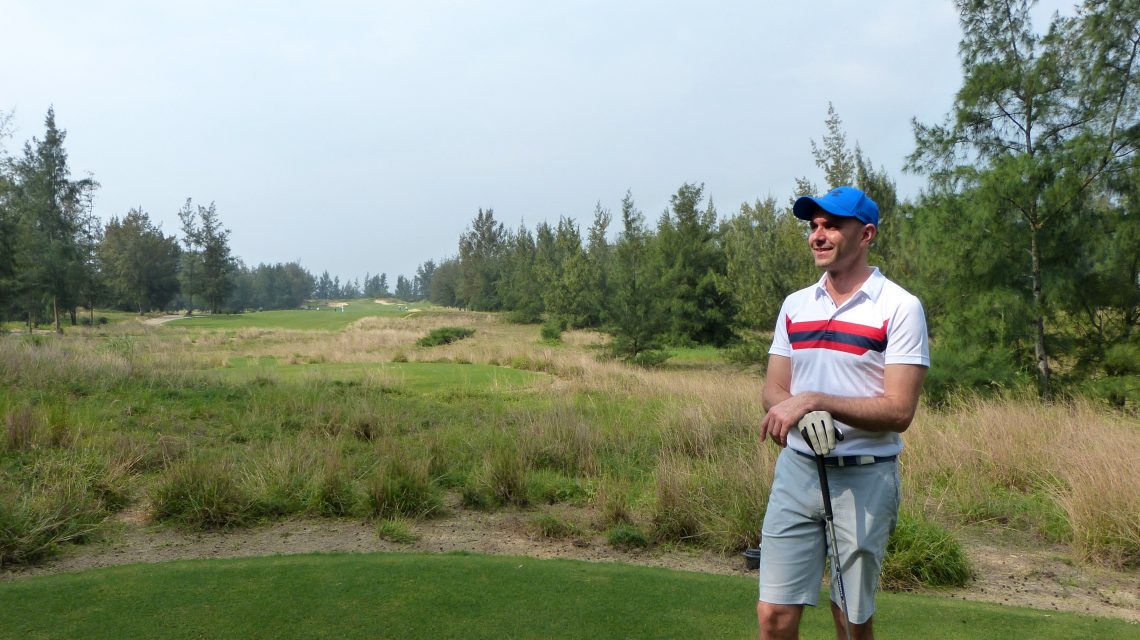Robert Weider – The best golf courses in China
I’ve spoken here before about the fantastic golf that there is to be had here in Hong Kong – but mainland China also offers a huge array of incredible courses that every golfer should experience at some point. I thought that this would be a great opportunity to talk a bit more about just a couple of my favourites – Mission Hills and Spring City Resort.
Mission Hills
I’ll start with Mission Hills because for me, it is probably the best place in China to play golf. It’s the world’s largest golf club – but quality has certainly not been sacrificed for quantity. It has over 20 golf courses split between Shenzhen – which is an easy day trip from Hong Kong – and Haikou Peninsula, about an hour’s flight from Hong Kong.
The courses, needless to say, are fantastic. Shenzen hosts many of the major events in China and you can take your pick from any of its 11 championship courses and an 18-hole, par three course. The practice facilities are also incredible – they even have 18 holes of night golf for those of us who just can’t stop once the sun goes down.
The courses have each been designed by some of golf’s biggest names – Jack Nicklaus designed the World Cup Course, while there are others from Greg Norman, Annika Sörenstam, Ernie Els, Vijay Singh, Nick Faldo, José María Olazábal, Ian Poulter, Justin Rose and Jumbo Ozaki to name just a few. I haven’t tried them all – but I intend to one day, and the courses I’ve tackled so far have each brought their own unique challenges. Mission Hills’ convenient location near to Hong Kong, its unprecedented scale and the sheer quality and variety of its courses makes it a fantastic destination for any golf fan.
Spring City Resort – Kunming
So, the city of Kunming is a little further from Hong Kong – a flight of around 3 hours – but it’s well worth the extra effort to reach one of my favourite golf resorts. The first thing to mention is the absolutely stunning location of the Spring City Resort courses – their setting overlooking Yang Zonghai lake just takes the breath away. Spring City Resort offers you just two 18-hole courses – the Lake and the Mountain – but they are both exquisitely beautiful and very well designed. They’re also kept in fantastic condition – the greens are immaculate and, in my experience at least, the weather is also always equally perfect. If I had to pick a favourite out of the two, it would have to be the Mountain Course, which is particularly spectacular and would have to be our favourite in China. Which every way you choose, Spring City Resort will give an unforgettable round of golf in a gorgeous setting. With the lake in front of you and the mountains behind, there are few better places to play golf.
My China wishlist
Of course, China is huge, and as a nation is becoming increasingly golf-mad. There are an enormous range of courses on offer that each provide a different kind of challenge for all levels of golfer. These are just two of the ones that I have personally played at, but there are many more in China that I’d love to experience as well.
One is The Dunes at Shenzhou Peninsula on Hainan Island’s east coast – another course that makes good use of complexities of the coastal landscape to create a very challenging course. I’d also like to try a round at the Jade Dragon Snow Mountain Golf Club – it’s in Lijiang, Yunnan Province in south west China, and again it’s another course with truly spectacular views. The course unwinds at the foot of Jade Dragon Snow Mountain and it’s a pretty unique place – it’s over 10,000 feet up, which means the ball will travel an extra 15 to 20 per cent further through the thin air. Because of this factor they’ve also made it the longest course in the world with18 holes over 8,548 yards in length.
As well as the views and the altitude, the designers have also taken great care to make the course different on the way out and on the way back in – the front nine has a Scottish feel, while the back nine is more of a parkland style course. All 18 holes offer their own unique challenge and I’d love to give the course a try one day.
Robert Weider
